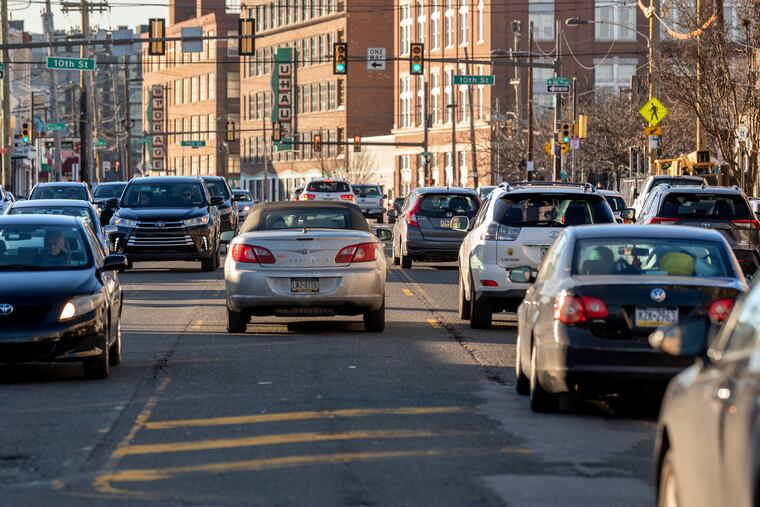Washington Avenue will be changing. Here’s what to expect.
The redesign of Washington Avenue has been in progress for almost 10 years. Here's what's happening now.

The redesign of Washington Avenue has been in progress for almost 10 years. Here's what's happening now.
